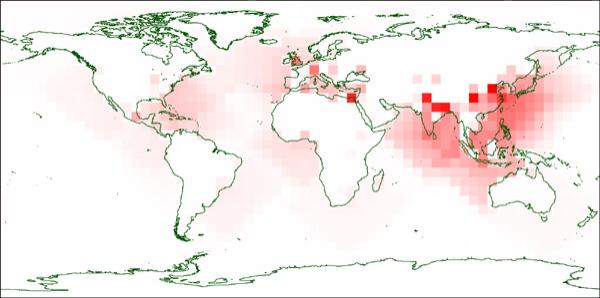Never underestimate the power of a “do-over.”
Video gamers know exactly what I’m talking about: the ability to face a challenge over and over again, in most cases with a “reset” of the environment to the initial conditions of the fight (or trap, or puzzle, etc.). With a consistent situation and setting, the player is able to experiment with different strategies. Typically, the player will find the approach that works, succeed, then move on to the next challenge; occasionally, the player will try different winning strategies in order to find the one with the best results, putting the player in a better position to meet the next obstacle.
Real life, of course, doesn’t have do-overs. But one of the fascinating results of the increasing sophistication of virtual world and game environments is their ability to serve as proxies for the real world, allowing users to practice tasks and ideas in a sufficiently realistic setting that the results provide useful real life lessons. This capability is based upon virtual worlds being interactive systems, where one’s actions have consequences; these consequences, in turn, require new choices. The utility of the virtual world as a rehearsal system is dependent upon the plausibility of the underlying model of reality, but even simplified systems can elicit new insights.
The classic example of this is Sim City (which I’ve written about at length before), but with the so-called “serious games” movement, we’re seeing the overlap of gaming and rehearsal become increasingly common.









